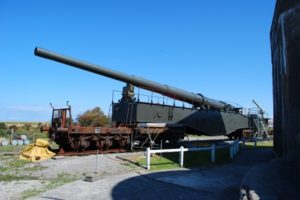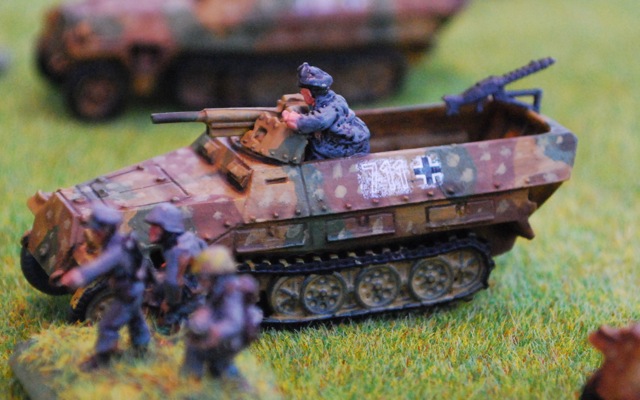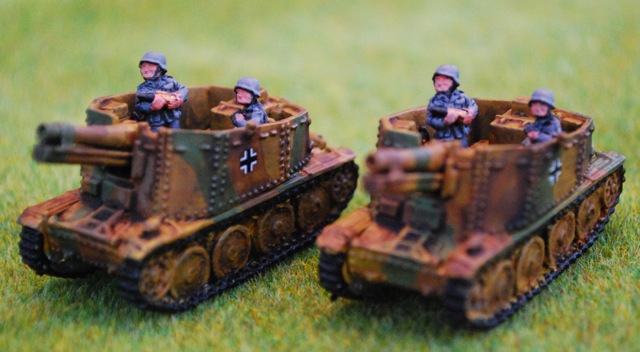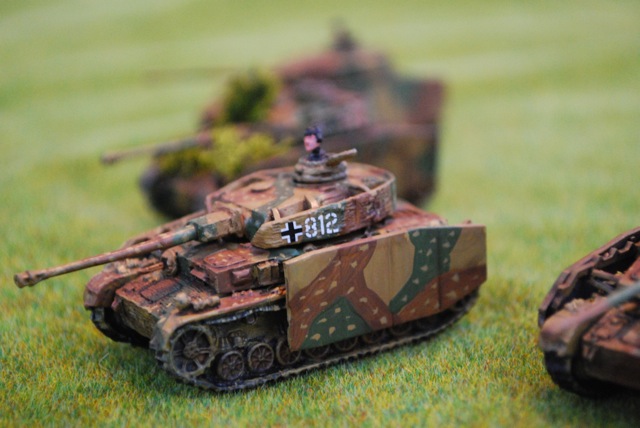David Mather and I at the Pinner Wargames Club have agreed to provide the armies for the DBMM refight of Zama at the upcoming Society of Ancients Battle Day in April, so now is the time to start thinking about how many figures we are going to need for that.
I am providing the Roman army, and the main sources for the battle are Polybius, Livy and Plutarch (mainly the first two). Livy seems to mainly cover it in books 28 and 29. In book 28 Publius Cornelius Scipio is sent to Sicily with 7,000 volunteers. Here he has two legions (V and VI) which seem to be the disgraced remnants of the survivors of Cannae, back in 216 BC, over a decade earlier. In book 29:24 he is described as bringing each legion up to a strength of 6,200 infantry and 300 cavalry, and also bringing their socii contingents up to strength as well (presumably the same strength but with more cavalry as usual). He then in section 25 comes up with 3 different values for the size of the army, none of which match this (there are either 10,000, 16,000 or 32,000 infantry – 4 x 6,200 is 24,800).
Now if we look at Polybius’ account of the structure of the legion, he says that it should contain 4,200 infantry (or 5,000 at times of emergency) (III:20). Add to this the same number of socii, and then double it for two legions and you would get 16,800, or 20,000). On the other hand, these aren’t normal legions, so they probably weren’t formed using the text-book system.
He then tells us that there are 600 triarii, 1,200 principes, 1,200 hastati and the rest are velites (by subtraction another 1,200). He also says that the ratios remain the same if the size increases, except that there are still always only 600 triarii.
The two most important classes are the hastati and the principes, both by now identically armed but the principes being men in the prime of life (the hastati being younger). Each legion should contain 10 maniples of principes and 10 of hastati, each with 2 centurions (and therefore by implication 2 centuries although he doesn’t use that word). Polybius also says in his description of the layout of the camp that there are only half the number of triarii (the oldest men) as there are principes or hastati (he at least is consistent).
Thus each maniple should be 120 men, making them much smaller than the maniples in Caesar’s time. If we take Livy’s numbers of 6,200 per legion, and assume that there are still only 600 triarii, that leaves 5,600 for the other ranks, which is inconveniently indivisible by 3. Lets therefore err downwards and assume 1,800 each of principes, hastati and velites, giving us 6,000 men per legion. That would then give us maniples of 180 men, now actually slightly larger than in Caesar’s time.
How does this all fit into DBMM?
Well the standard figure scale is 200 – 250 men per element. We’re going to double this (because we can’t afford that many figures). So lets assume 400 men per element. This would give us 1.5 elements of triarii, 4.5 of principes, 4.5 of hastati and 4.5 of velites per legion. I don’t like this because I want to have shield patterns per legion, so lets play fast and loose with the element scale (since the original numbers are pretty dodgy). This could then give us 2 elements of Sp(S) triarii, 4 elements of Bd(O) hastati, 4 elements of Bd(O) principes and 4 elements of Ps(S) velites per legion, which is a pleasing ratio of elements. It also doesn’t do too much damage to the original sources being somewhere in the middle of the mess.
Next – ground scale and how that fits in.







